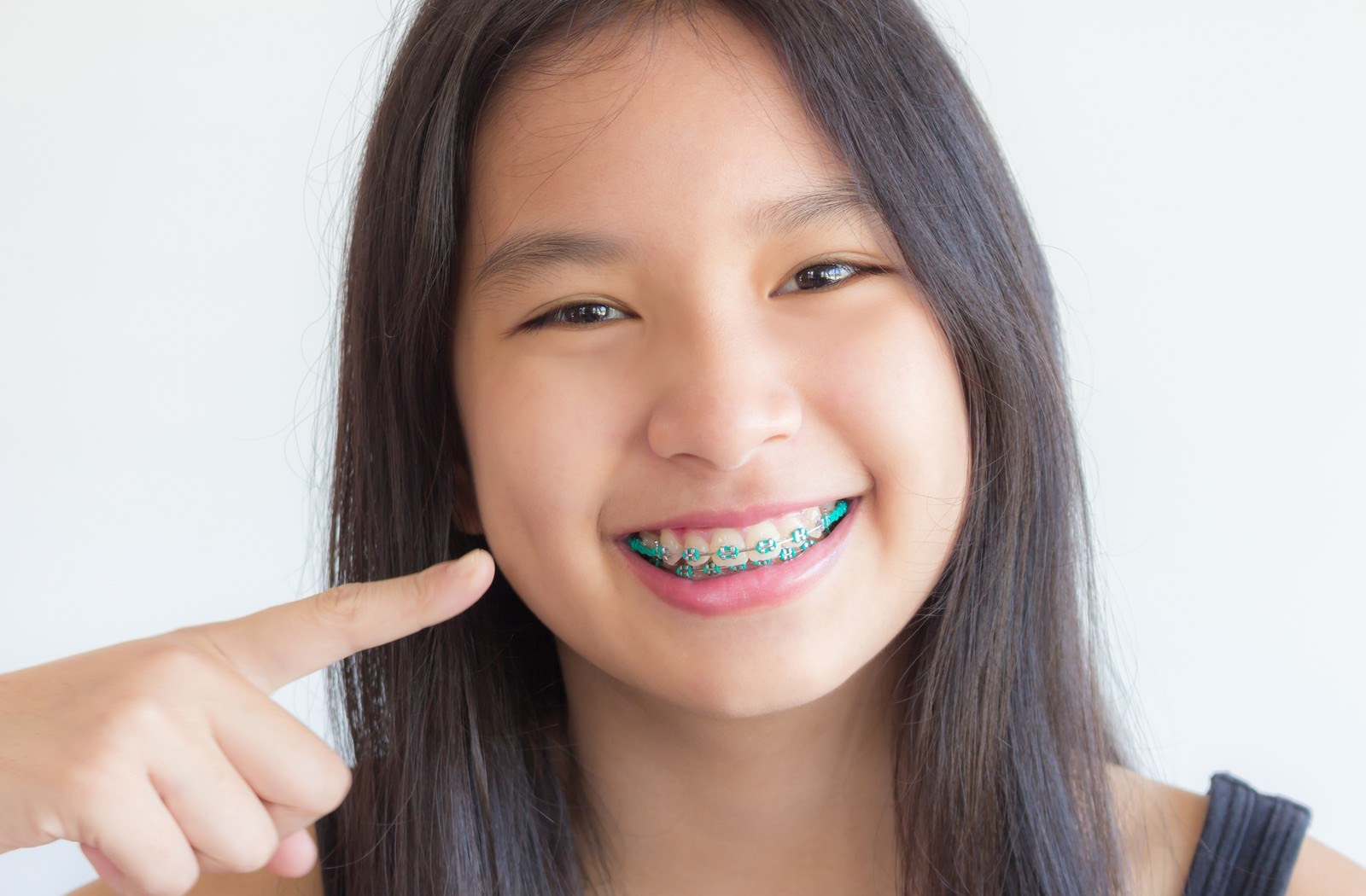If you are one of the millions of people who wear braces, you know how challenging it can be to properly clean your teeth twice a day. It requires more time and more precision than cleaning your teeth before braces. Braces trap food easily and create lots of spaces where plaque can form.
But there is hope! Let’s explore some tools and techniques that will help guide you to stress-free oral hygiene. Proper home care combined with regular visits to your dentist can leave you with a confident smile and clean teeth.
How to Brush at Home
Consistent oral hygiene is a requirement for anyone who wants to maintain healthy teeth, braces or not. Getting in and around bands and brackets does take a bit more effort, but it isn’t quite as daunting when you have the right tools for the job. A little technical know-how helps too!
Brushing with Braces
Before you begin to brush, rinse your mouth with warm water. This will remove any debris and help to loosen stuck food.
Begin by brushing the front surface of your teeth and braces in small circles, about 10 circles for each brace. Do the same for the inside of your teeth. Next, hold the toothbrush at a 45-degree angle towards the chewing surface of your teeth. Again, brush in small circles, making contact with each bracket.
Now place your toothbrush at a 45-degree angle against your gum line, so that the bristles push past your gums and into contact with your braces. Make 10 small circles and ensure you are cleaning both the gum line and the surface of the bracket.
The entire tooth brushing process should take a minimum of 2 minutes, about 30 seconds in each quadrant of your mouth.
Toothbrush Tips
Scrubbing brackets and wires will always be more abrasive on toothbrush bristles than smooth enamel. Most manufacturers recommend replacing a toothbrush about every 3 months. Replacing your toothbrush (or toothbrush head) more frequently keeps bristles firm, which is ideal for cleaning around braces.
Another option for a superior clean is using an electric toothbrush. An electric toothbrush can eliminate brushing fatigue and many studies have shown they are more effective in eliminating plaque. Lots of electric models have a built-in timer to keep you honest with your brushing.
What About an Interdental Brush?
An interdental brush is a small cone-shaped tool that uses spiraling bristles to clean in tight spaces amongst your teeth. By scrubbing the narrow, cylindrical-shaped brush between gaps, you help eliminate plaque from places that are hard to reach with a traditional toothbrush.
Interdental brushes come in different thicknesses, so you can pick the best size for getting in between teeth and in between braces. Just like a regular toothbrush, you should replace the head every 3 months or when there is obvious wear.
Flossing with Braces
Flossing every day is especially important when you wear braces. Daily flossing removes plaque that can hide between teeth and underneath wires in your mouth. Waxed floss is the best choice for people with braces, as it is less likely to tear on wires or brackets.
Traditional flossing techniques can be tough with braces blocking the spaces between teeth. Many people with dental braces use a floss threader for a more thorough cleaning. This simple, soft plastic tool works the same way the eye of a needle does to pull a thread. A floss threader allows you easily to get behind arch wires and effectively clean between teeth.
Using a Waterpik
Specialized devices that blast a steady, high-pressure stream of water into your mouth are a great alternative to traditional floss. Also known as water jets or water flossers, a Waterpik sprays pressurized water in a narrow stream that can be targeted at specific areas of your mouth. They are great for dislodging matter and reaching awkward places in your teeth.
Waterpiks can be a little messy, but will probably save you time cleaning your teeth if you have braces. They can vary in price and capabilities but are generally easy to use and risk-free.
Pair With Professional Care
Biannual professional teeth cleanings are a vital part of good oral health. Wearing braces makes this all the more necessary. Your dental hygienist provides another layer of security when it comes to removing plaque and tartar in those tight spaces around your braces.
Professionals will also survey your mouth for periodontal disease. Teeth cleanings should be scheduled at least once every 6 months to follow recommended oral care guidelines.
Shine When the Braces Come Off
Perhaps the best part about wearing braces is the first day you get to show off your beautiful, corrected teeth, braces-free! Help make this a special moment by taking care of your teeth before the braces come off.
Professional dental cleanings keep you on a hygiene routine. During these sessions, a dental hygienist can survey your habits and make recommendations for improved teeth cleaning. You don’t want to swap braces and brackets for damaged gums and discoloured teeth.
Trust the Process
Wearing braces will mean taking an extra level of effort to maintain clean, healthy teeth. But the difference will be obvious when the braces come off and you have a sparkling new smile.
- Brush and floss regularly. This means brushing twice a day and flossing every day.
- Get the tools that make cleaning around braces easier. Floss threaders and interdental brushes are very affordable and can be found at most drugstores.
- Schedule regular teeth cleaning appointments with your dentist. These sessions are in complement to any orthodontic treatments and focus on removing plaque and tartar.
Following these guidelines will help ensure that you prevent gum disease while you wear braces. Teeth re-alignment can be a long process that will ultimately improve the way you function and feel. Keeping your teeth clean is the easy part.







